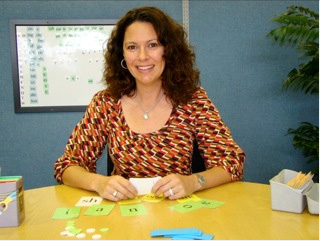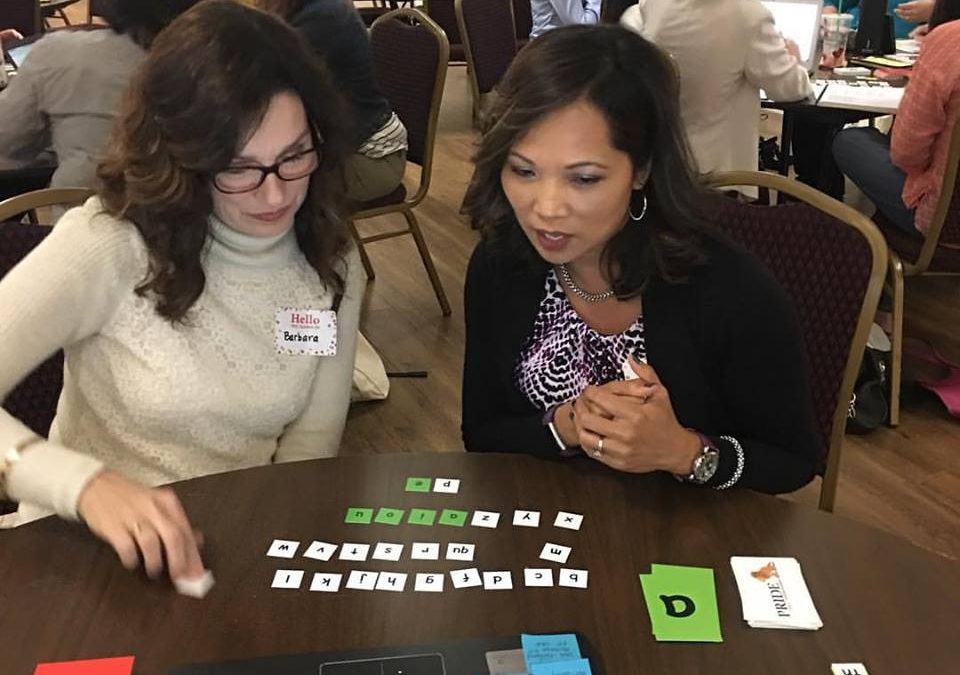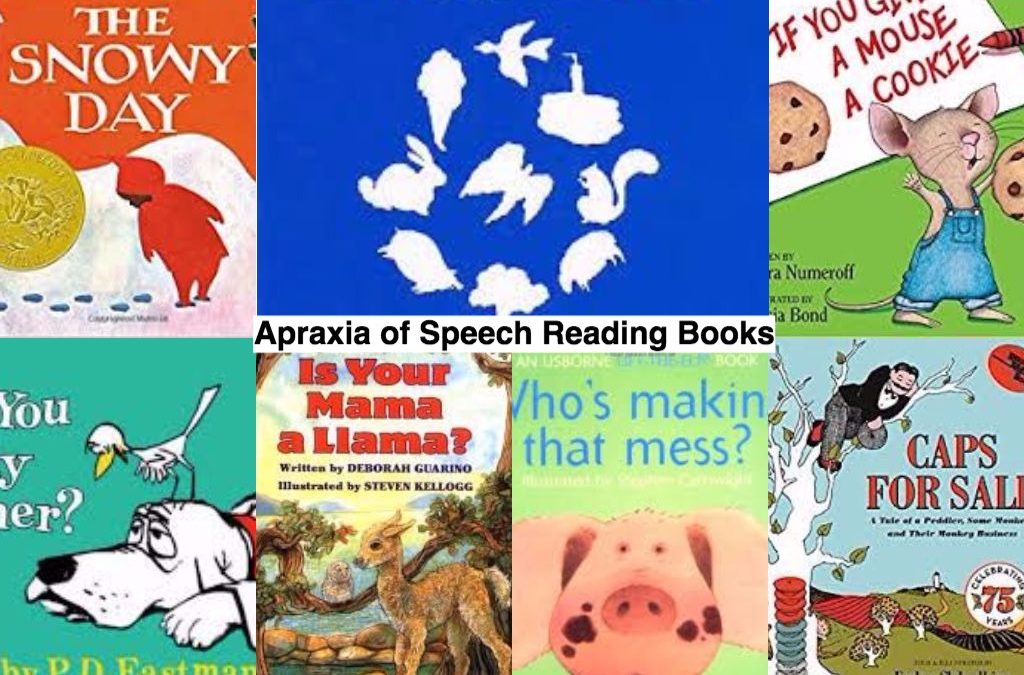
by PRIDE Reading Program Admin | Dec 12, 2017 | A PRIDE Post, ADHD

The school year is in full swing and the homework load is heavy! Many parents here at PRIDE complain to us frequently that their kiddo just can’t get through the homework load and it is causing a lot of tension and frustration. I put together a few tips and strategies on how to lighten the completion time and reduce the stress at home and just finish that homework quicker for you parents out there with an ADHD child. Hope this helps!
1. Schedule an established time to do homework daily.
Most children with ADHD need set routines and schedules in order to feel success. Help your child find a time for homework that works out in both your daily schedules. Some children do best right after school, whereas others need an outside fresh air break first. Because you know your child better than anyone, find that perfect time and make it part of the daily routine. This will help get through the workload quicker. I have my child take the dog for a walk around the block first, then come home to some milk and cookies and then settle down for homework. This routine works really well for us on a daily basis, and my son feels comfortable knowing the daily routine.
2. Take 5-minute breaks after every 20 minutes.
Find a structured break activity that your child can do after every 20 minutes of work. This could be a yoga stretch on the floor, deep breathing activities, etc. If you keep the break structured, the child will understand this as part of the routine and not a time to wander off and get distracted and lose focus. Short, frequent breaks help children recharge. This should get your child back to a focused state of mind and get through that homework quicker. I sometimes have my son do push-ups or chin-ups (he is pretty athletic and likes physical movement) we make it a game of increasing the repetitions each time.
3. Let your child stop when they can’t continue on.
If your child is too tired or frustrated to finish the homework, let him or her stop!
Experts in the field of education usually recommend that elementary students do 10 minutes of homework per subject per day. If your child’s homework sessions are taking longer than this, schedule a meeting with your child’s teacher to discuss the problems that your child is facing. It could be that the amount of homework is overwhelming or that it is too difficult for your child. If your child has problems focusing, writes and reads very slowly, or needs extra time understanding concepts, then homework will consistently take longer to get through. Make a plan with the teacher so that your child will feel success with homework and everyone’s time will be well spent.
4. Request an extra set of textbooks to use at home.
My son forgets his book at school at least twice a week. This is pretty common for a kid with ADHD. Students with organizational issues often leave their books at school. I bought a copy of each of his textbooks online used. This way we always have a copy at home and spend less time getting back to school to recover all the forgotten items. Having the homework material every day at home is crucial. Once a student falls behind in their coursework, it is extremely difficult to get caught up. Since so many schools do not have extra copies, you will probably need to purchase extra copies on your own. This will save many after school trips back to the school and give you more time to get through that homework load instead.
5. Find the right location for your child to do daily homework.
Make sure it has good lighting and a clear workspace with no clutter around. Children with ADHD become easily distracted at their workstations. Keep the homework area free of anything except a good supply of paper, sharpened pencils and a set of erasers, pens, and a computer or laptop. This will keep your child focused and hopefully help them get through that homework load a lot faster. I let both my children find their perfect spot. Both of my kids like to lay on their beds with their laptops and spread al the papers and books around the bed. It works for them.
6. Help your child organize papers for after-school homework and prepare for the next school day.
Watch your child put completed homework in the proper folders and put the papers that need to stay home in an accordion file that stays at the child’s workstation at home. All work that comes home should go in this labeled accordion file for future tests and quizzes (especially when they are in Middle and High School). All work should be saved until the semester is over. My son needs a lot of help with this as his homework usually ends up all over the floor. We go through it together. Getting through the homework is already incredibly challenging for him and I prefer to pick my battles. I do not mind helping him organize and put it where it needs to go. My daughter on the other hand always likes to organize her own backpack and put everything away nicely and neatly. Sigh… wish a little of that would rub off on her brother.
7. When your child has completed their homework, always praise them for a job well done.
If a parent conveys the message that a child is capable and worthwhile, the child will begin to believe this. Being supportive, having a structured learning environment and consistent routines will encourage success and motivation at home.
Have any other ideas that I missed? Please include them in the comment section below. Thank you so much for visiting my blog today!

Karina Richland, M.A., is the Executive Director of PRIDE Learning Centers, LLC, an educational company that works with children in special education and focuses on reading, writing and comprehension help. She is also the author of the PRIDE Reading Program, a multisensory Orton-Gillingham reading, writing and comprehension curriculum that is available worldwide for parents, tutors, teachers and homeschoolers of struggling readers.
Karina has an extensive background in working with students of all ages and various learning modalities. She has spent many years researching learning differences and differentiated teaching practices.
You can reach her by email at karina@pridelearningcenter.com or visit the website at www.pridelearningcenter.com

by PRIDE Reading Program Admin | Dec 5, 2017 | A PRIDE Post, Homeschool

Californian schools are doing a great job of providing support to those with learning differences. In the academic year 2015-16, over 700,000 students were given extra support at no extra cost. However, schools can only do so much. It is important to create a home learning environment that builds on the knowledge they gain from schools and learning centers. Here’s how you can improve your child’s education at home, when they’re away from their regular tutor.
Fostering Creativity
All schools will have some creative time, especially for younger students, but there is still a strong focus on conformity over individuality. With an average elementary school class size ranging from 22 in the younger years to 28 in the older years, it is understandable that teachers cannot spend time fully exploring each child’s unique creativity.
This is why it is especially important to work on creative projects at home. While a dyslexic child may not want to write long essays, they may get enjoyment from putting together a comic strip. With exams and tests dominating the schedule, creativity is one of many skills not taught in school and artistic needs could be better served from a home education.
Maintaining Strong Health
Once again, schools are trying to teach about mental and physical wellbeing, but may simply not be equipped to deal with these topics. It can be a safety hazard to take dozens of kids out of school, so they are left confined to a classroom or playing field. As a parent, you can take your child deep into the countryside, where they can learn the importance of movement in an environment that piques their curiosity.
Well specialist schools can help with their reading, writing and comprehension, the home environment is perfect to teach them how to live well. From where they can get the right nutrition to how to build strong relationships, all aspects of mental, physical and emotional health are best taught at home.
Exploring Why Learning is Important
At school, it is taken as a given that kids need to learn the material. But if your child thinks differently, they may spend a lot of time thinking ‘what’s the point?’ It is your job as a parent to explain to them the point. This involves showing the practical uses of their subjects or even why knowledge is important for its own sake. This will help motivate them when they get back behind their desks.
The home and school learning environments should complement and support each other. Teachers lack the resources to give attention to every child on those big questions of creativity, health and the underlying principles of learning. As a parent, you can fill in the gaps by building a strong home education and learning environment.
Thank you so much to our guest blogger, Jocelyn Brown for providing us with this really informative Home Education insight today!
For more posts by Jocelyn, you might enjoy reading the blog post Dogs and Reading: an Alternative Method to Boost Confidence.
To learn more about homeschooling curriculum for children with learning differences and more tips and suggestions, please visit our website here.
Thank you so much for visiting my blog today!

by PRIDE Reading Program Admin | Dec 3, 2017 | A PRIDE Post, Reading Skills
Winter break is finally here! Although we all deserve a vacation from the homework load and daily obligations, we don’t want to completely let our reading and writing skills slip during this winter vacation. As a matter of fact, this is a great time to boost them a little. Here is a very family-friendly list of winter break reading activities you can try at home to keep those reading and writing skills sharp this winter.
Winter Break Reading Activities
- Read for Pleasure. You have heard about a summer reading list – well how about a winter break reading list? Now is the perfect time for your child to catch up on all those books and magazines that they didn’t have time to read during the school year. Reading for pleasure builds vocabulary, expands your child’s mind intellectually and also helps your child become a better writer. So take a trip to your local library and let your kids choose a huge stack of books for some of their winter break reading activities.
- Cook with your kids. Cooking is a great way for the family to spend fun and educational time together. Reading food labels and recipes can help your children improve their reading skills and learn the meanings of unfamiliar words.
- Write thank you letters. Encourage your child to write “thank you” letters for all of the holiday gifts they received from relatives and friends. Sit with your child and write your own notes at the same time. Writing letters is a heavy burden for children, so it might be a good idea to space the work and be supportive.
- Listen to audio books in the car while traveling. Spending time listening to books strengthens listening, concentration and imagination skills in children. It also gives them an opportunity to improve vocabulary and language skills. Take your child’s audio book along on car trips or while you are running errands for some awesome winter break reading activities.
- Go grocery shopping. Let your child carry the shopping list as you shop. They can read off the items you need. Label reading is also a great reading task for children. You can have them look up the ingredients on the labels or ask them to research which breakfast cereal has the least amount of sugar in it.
- Play board games. Here is your opportunity to expand your child’s mind while also having fun and spending time together. Games like Scrabble, Boggle and other word games are great for challenging the minds of kids. Some games require reading for clues or reading directions.
I hope that these winter reading activities work for your family. Enjoy the holidays and thank you for visiting us today!

Karina Richland, M.A., is the Executive Director of PRIDE Learning Centers, LLC, an educational company that works with children in special education and focuses on reading, writing and comprehension help. She is also the author of the PRIDE Reading Program, a multisensory Orton-Gillingham reading, writing and comprehension curriculum that is available worldwide for parents, tutors, teachers and homeschoolers of struggling readers.
Karina has an extensive background in working with students of all ages and various learning modalities. She has spent many years researching learning differences and differentiated teaching practices. You can reach her at info@pridelearningcenter.com

by PRIDE Reading Program Admin | Nov 14, 2017 | Dyslexia
Are you trying to find a dyslexia tutor near you but don’t know where to go or what to do? The internet is filled with tutors out there, but how do you know which one to chose and if they are qualified enough to teach a child with dyslexia. Here is everything you will need to know about finding the right dyslexia tutor for your child.
How can you make sure that you find the right dyslexia tutor for your child?
You can ask speech therapists, educational psychologists and special education advocates. These professionals are usually well connected in their communities and have a network of good people they like to work together with.
Can I get the school to reimburse me for private dyslexia tutor expenses?
Sometimes you can. School districts will reimburse parents for private dyslexia tutor expenses if the district agrees that the school is not providing an appropriate education. Almost always, in my years of working with parents and dyslexia tutors, the parent has to take the school district to a due process hearing to get reimbursed. This means parents have to hire a Special Education Attorney or Advocate. Some parents end up removing their children from public school for part of the day or for a specified time in order to bring their child to a private dyslexia tutor. The school needs to agree with this arrangement.
Can I use a dyslexia tutor in a small group setting?
Sometimes, a dyslexia tutor will work with students in groups. This is an option to consider if you know of other children in the same situation. A group setting will reduce the cost and your child may learn from the other kids as well. The downside to a group session is that your child may not have the benefit of an exclusive one-on-one learning situation with a dyslexia tutor. This can make progress a bit slower as well.
Which program should my dyslexia tutor be using?
Your dyslexia tutor needs to be using an Orton-Gillingham reading program. This program needs to be structured, systematic, cumulative and extremely repetitive. It also needs to be multisensory. Most Orton-Gillingham programs will use a very specific scope and sequence. It is crucial that the dyslexia tutor follow this scope and sequence precisely and not skip around. If you have an amazing tutor that you love that is not trained in Orton-Gillingham, then you can provide a program for them to follow and use with your child. You can also homeschool or tutor your own child with an Orton-Gillingham tutoring program. Some dyslexia tutoring programs that I recommend for tutors or homeschool parents to use are:
After selecting a dyslexia tutor, make sure that you receive regular progress assessments along each step of the way. Ask the dyslexia tutor to provide you with tutoring session plans on a regular basis so you can follow along with your child through their scope and sequence. Good Luck finding a dyslexia tutor and if you need more assistance – feel free to contact me personally.

Karina Richland, M.A., is the Executive Director of PRIDE Learning Centers, LLC, an educational company that works with children in special education and focuses on reading, writing and comprehension help. She is also the author of the PRIDE Reading Program, a multisensory Orton-Gillingham reading, writing and comprehension curriculum that is available worldwide for parents, tutors, teachers and homeschoolers of struggling readers. You can reach her at info@pridelearningcenter.com or visit the website at PRIDE Learning Center.

by PRIDE Reading Program Admin | Nov 8, 2017 | A PRIDE Post, Apraxia of Speech

Reading is an excellent tool in helping kids with apraxia of speech find their voice. Kids love reading books that are colorful, predictable and highly repetitive. For kids with apraxia of speech this repetition is crucial.
Repetitive books help kids with apraxia of speech grasp the content of the story much easier. When kids have less to think about, they can have fun and relax in the story. It also allows the child to repeat the language over and over again, getting comfortable with the words and sentences and looking forward to filling in the blanks with new words that really capture their attention. Kids LOVE reading the same books over and over again and that is a really good thing for children with Apraxia of Speech.
Here are a few of my favorite books to read with kids that have Apraxia of Speech. If you would like to purchase any of these books, I have included links:
- Blue Hat, Green Hat (Boynton, S.)
- Goodnight Moon (Brown, M.)
- Dear Zoo: A Lift The Flap Book (Campbell, R.)
- Have You Seen My Cat? (Carle, E.)
- 1, 2, 3 to the Zoo (Carle, E.)
- Jesse Bear, What Will You Wear? (Carlstrom, N.W.)
- Who’s Making That Mess? (Cartwright, S.)
- Five Little Monkeys Jumping on the Bed (Christelow, E.)
- Are You My Mother? (Eastman, P.D.)
- Green Eggs and Ham (Eastman, P.D.)
- Go Dog, Go! (Eastman, P.D.)
- Up to Ten and Down Again (Ernst, L.C.)
- Is Your Mama A Llama? (Guarino, D.)
- Jump, Frog, Jump! (Kalan, R.)
- The Snowy Day (Keats, E.)
- Brown Bear, Brown Bear, What Do You See? (Martin, B.)
- If You Give A Mouse A Cookie (Numeroff, L.)
- A Bubble (Pereira, L.)
- The Big Book of Exclamations! (Peterson, T.K.)
- It Looked Like Spilt Milk (Shaw, C.B.)
- Sheep In A Jeep (Shaw, N.)
- Caps For Sale (Slobodkina, E.)
- Hi, Pizza Man (Walter, Virginia)
- “Buzz, Buzz, Buzz” Went Bumblebee (West, C.)
- I Don’t Care! Said the Bear (West, C.)
- I Went Walking (Williams, S.)
- The Little Old Lady Who Was Not Afraid of Anything (Williams, L.)
- The Napping House (Wood, A.)
When reading these highly repetitive and predictable books with your child, keep in mind that a child with Apraxia of Speech will need just a little extra time to fill in those repetitive and highly predictable phrases. Remember, it is hard for them and it’s so important to keep patient and keep it fun!

Karina Richland, M.A., is the Executive Director of PRIDE Learning Centers, LLC, an educational company that works with children in special education and focuses on reading, writing and comprehension help. She is also the author of the PRIDE Reading Program, a multisensory Orton-Gillingham reading, writing and comprehension curriculum that is available worldwide for parents, tutors, teachers and homeschoolers of struggling readers.
Karina has an extensive background in working with students of all ages and various learning modalities. She has spent many years researching learning differences and differentiated teaching practices. You can reach her at info@pridelearningcenter.com









